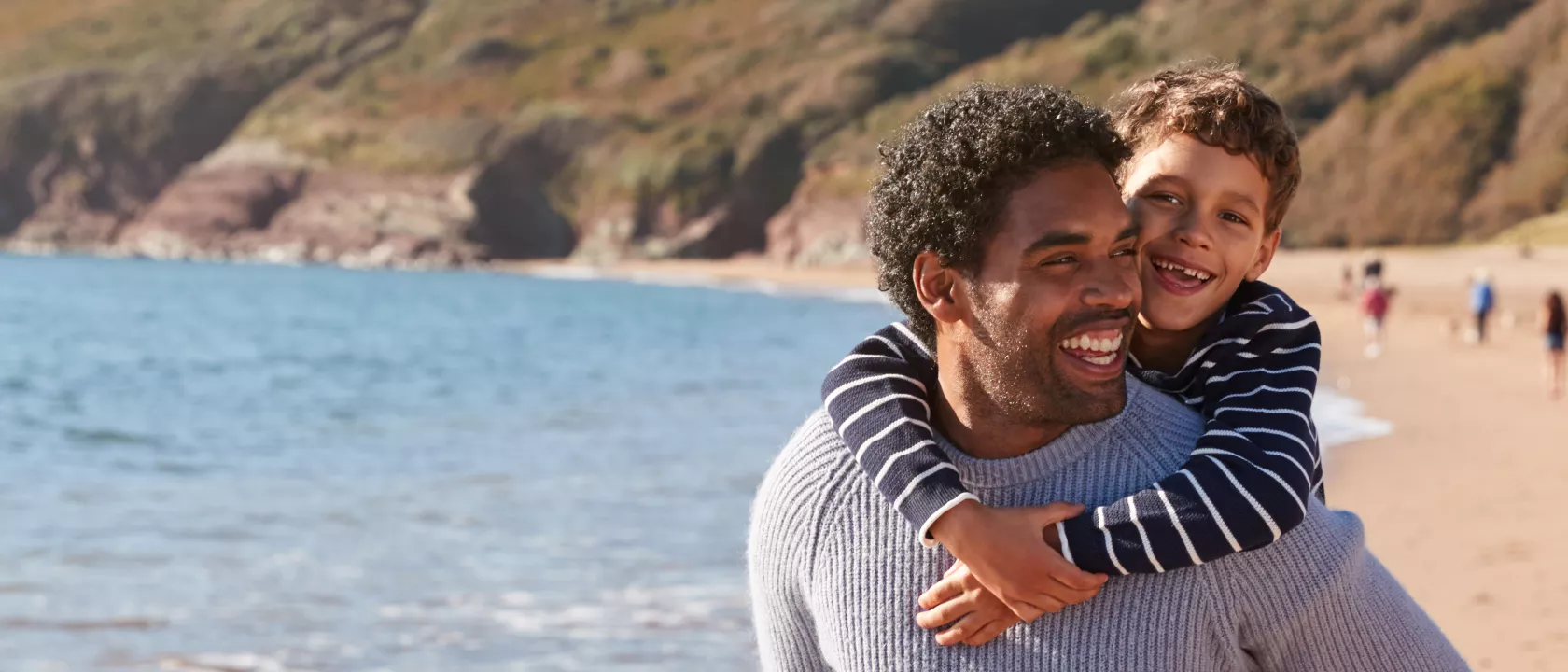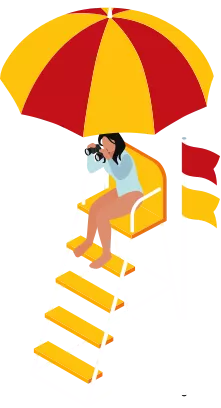Signs and flags
Keep an eye out when you arrive at the beach for a sign with important safety information. This may be one of the first things you see on arrival and will give you useful information about the area, as well as any possible dangers.


Keep an eye out when you arrive at the beach for a sign with important safety information. This may be one of the first things you see on arrival and will give you useful information about the area, as well as any possible dangers.
Never underestimate the power of the sea, always swim between the flags.
It’s safest to visit beaches that are patrolled by lifeguards, particularly if you’re visiting with children.
These lifeguarded beaches have a patrolled swimming area marked out by red and yellow flags – always swim (and bodyboard) between these flags on a trip to the beach.
Reduce the risks:
Rip currents are a major cause of accidental drowning in the UK. They are strong currents that can quickly drag you into deep water, even the most experienced swimmers can be caught in a strong rip and pulled out to sea.
Rip currents are difficult to spot, they can look like a channel of flat darker water surrounded by choppy, churning water.
Reduce the risks:
Stay within your depth where waves are breaking.
On a lifeguarded beach swim between the red and yellow flags.
Stand up if you can, wade to safety - do not swim.
If possible, swim parallel to the shore until free of the rip and then head for shore.
Raise your hand and shout for help.
If you see someone caught in a rip current, alert lifeguards or call 999 and ask for the Coastguard.
Offshore winds blow from land out to sea and can prevent you from getting back to shore safely. They are particularly dangerous for small craft, such as paddleboards and kayaks.
Inflatables are particularly at risk, which is one of the reasons why HM Coastguard advise against using them in the sea.
Reduce the risks:

Although inflatables might be fun in a swimming pool, they are not suitable for use in the sea. They can easily be swept out by currents or offshore winds.
Reduce the risks:
Leave inflatables at home.
Choose a lifeguarded beach.
Never use inflatables in the sea.
Make sure children are supervised.
If you get swept out to sea, remain calm and shout for help.
If you see an inflatable that’s been blown out to sea, call 999 and ask for the Coastguard.
If you find yourself struggling in the water unexpectedly, your instinct would tell you to swim hard.
But cold water shock could make you gasp uncontrollably. Then you could breathe in water and drown. Instead, you should Float to Live. This means:
Cliffs can be more unstable than they look, cliff falls or landslides happen without warning.
Reduce the risks:
Take note of warning signs.
If you are on the beach, keep clear of the base of cliffs.
Stay well back from cliff edges.
Never climb a cliff as a shortcut to the top.